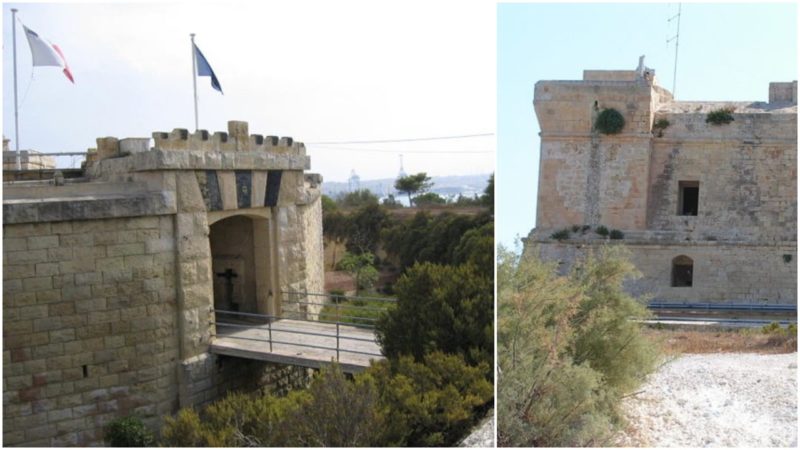Saint Lucian Tower is a watchtower and fort that was erected from 1610 to 1611 by the Order of Saint John, also known as the Knights Hospitaller, on the shores of Marsaxlokk Bay in Malta.
According to local legend, this location was revealed by a divine source; a woman had a dream and in it St. John revealed to her that the Marsaxlokk area should be fortified because of an impending attack from the Ottomans.
It was not an outlandish notion, for the Christian European and Muslim Ottoman empires had been in conflict over various territories since the 1200s; in fact, the Ottomans had laid siege to Malta in 1565. The island was considered to be of strategic importance in controlling the Malta Channel, as well as Sicily and a section of the coast of Italy.
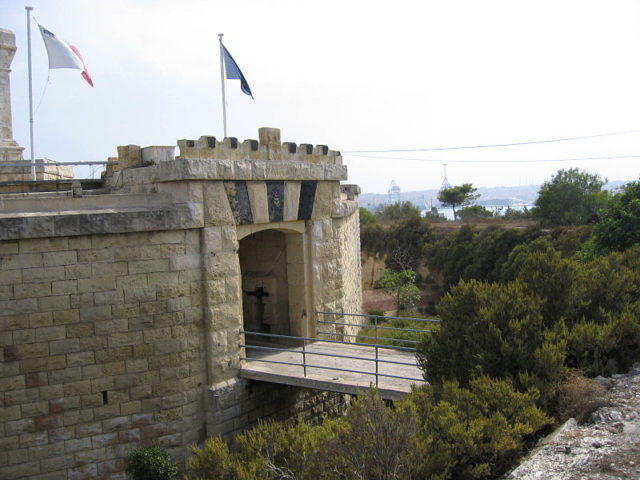
When the woman awoke, she went straight to the local priest to tell him about the dream. The priest notified the bishop, who went to the Grand Master of the Order, Alof de Wignacourt, to discuss the woman’s vision. Alof de Wignacourt didn’t take the woman’s dream seriously — but an Ottoman raid actually did happen that summer.
The Knights successfully defended the bay, however the foretelling of this attack was allegedly was the reason Wignacourt gave the order for a fort to be constructed at Marsaxlokk. It was added to an ongoing program of coastal defenses that had been begun by the previous (deceased) Grand Master, Martin Garzez.
Maybe the story is true and Wignacourt decided it would be foolish to ignore the visionary warning any longer, or perhaps Marsaxlokk was already part of the plans for coastal defense improvements. Regardless, it was fortunate for Malta, and possibly the European Empire, that this particular bay was fortified.
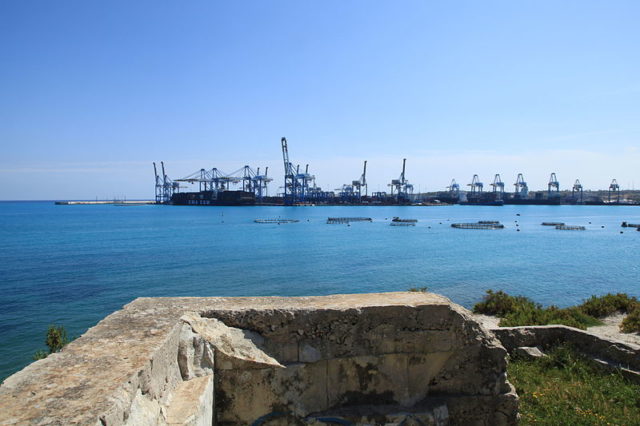
In total, Wignacourt was responsible for the creation of six fortifications on Malta during this period, of which Marsaxlokk was the second largest. Fittingly, they are known as the Wignacourt Towers, as he personally funded the construction of five of them. He named Saint Lucian Tower after the church in France where he had been baptized, and equipped it with six cannons.
As a further dedication to it’s namesake, the fort’s chapel was adorned with a painting depicting the Martyrdom of St. Lucian; in 1799, the painting was transferred to a parish church at Tarxien.
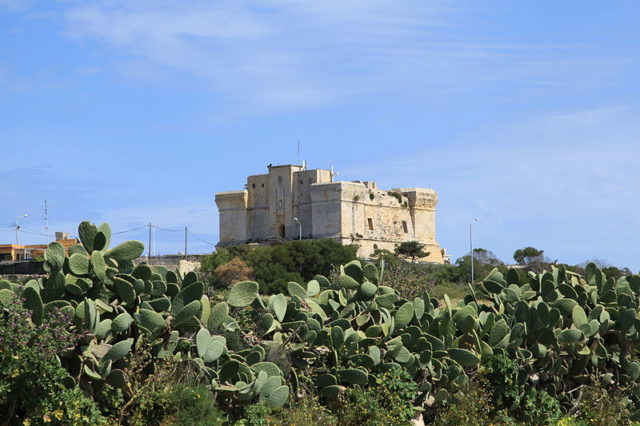
It was 1614 when Saint Lucian Tower saw its first action. The Ottomans tried to dock at Bay of Marsaxlokk but the tower fired on the attacking ships, forcing them to retreat. They sailed north and disembarked at St. Thomas Bay, pillaging a couple of towns in the Raid of Żejtun before they were eventually forced out.
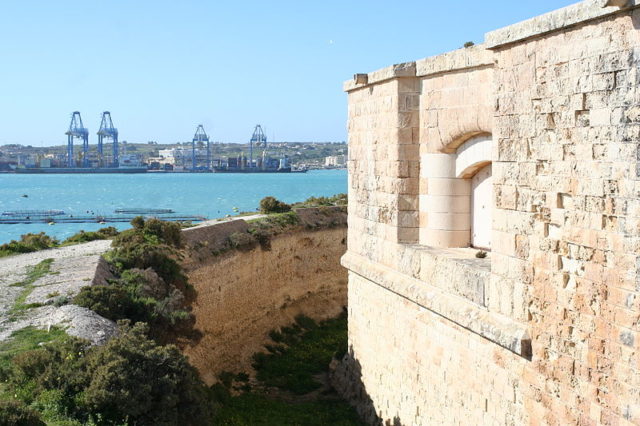
An additional battery and blockhouse were constructed in 1715, and the fort was encircled by a ditch and enclosure wall that were constructed between 1792 and 1795. It was renamed Fort Rohan in honor of Grand Master Emmanuel de Rohan-Polduc who ordered the redesign. The name later reverted to Saint Lucian Tower, or Fort San Lucjan, after the Knights Hospitaller left Malta.
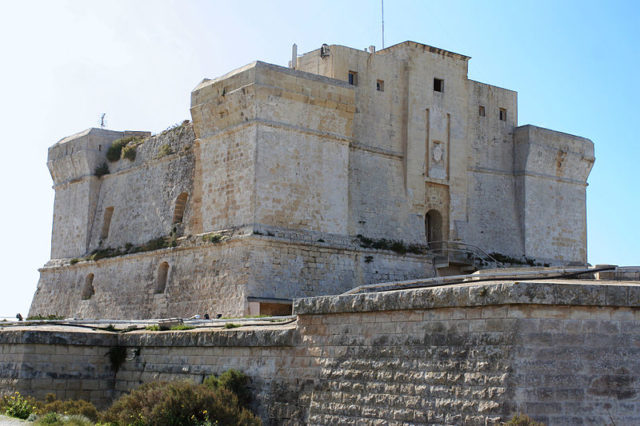
Malta was invaded by the French under Napoleon Bonaparte as part of his Mediterranean campaign in 1798. 3,000 French troops were garrisoned there, but their control was resisted by the Maltese. After Napoleon’s Mediterranean Fleet was defeated by the British Royal Navy in the Battle of the Nile, the British turned back to Malta and blockaded supplies from reaching the French troops. Saint Lucian Tower became a supply base for British soldiers who were also stationed on Malta during the two years of French occupation.
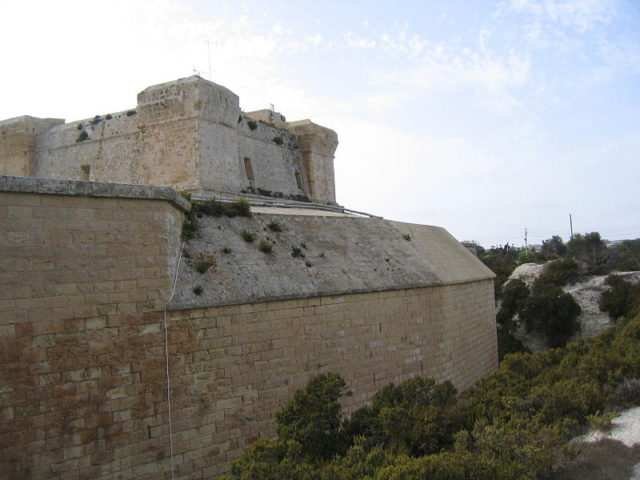
Once British rule over Malta was established, the fort was extended. In the six years from 1872 to 1878, the polygonal fort that can be seen today was erected around the original tower. Huge muzzle-loading guns were installed and with this the fort became part of a new defense network, this time of Victorian forts.
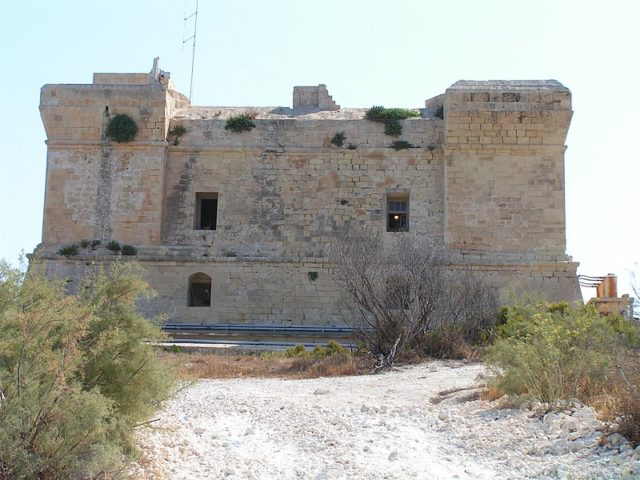
The end came in 1885 when the fort was decommissioned. It was used as a munitions depot for the Royal Air Force during World War II, and according to the Times of Malta, “nuclear bombs were stored during one period of the Cold War by the British.”
In 1964, the fort was given to the government of Malta. Today Saint Lucian Tower is preserved in relatively good condition and is the home of the Malta Aquaculture Research Center.
